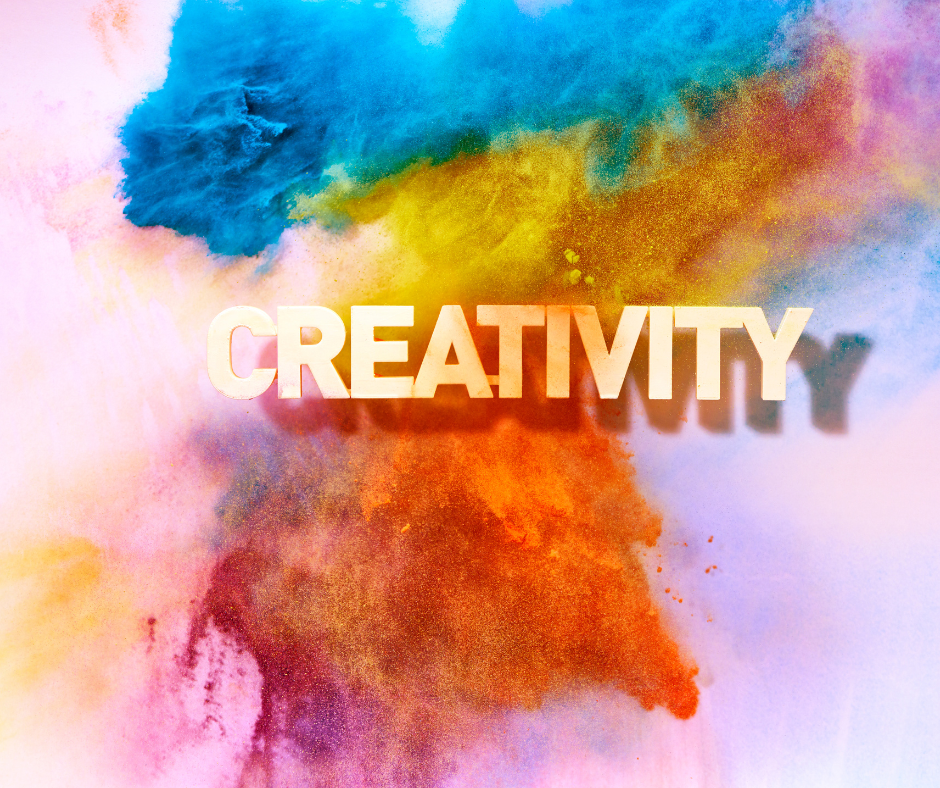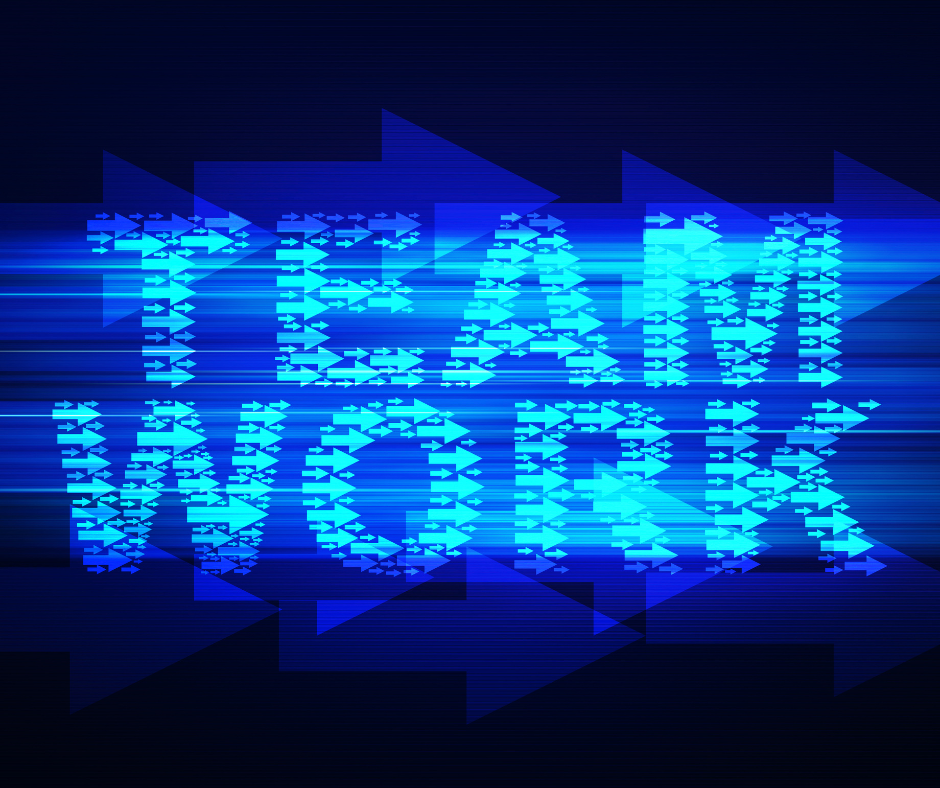Traditional interviews may be the cornerstone of recruitment, but let’s face it—they don’t always work.
Candidates rehearse their responses, questions are often predictable and many of the most vital skills for developers, such as problem-solving and creativity, simply can’t be fully assessed in a conversation.
The typical interview process often fails to reveal what really matters: how a candidate thinks, innovates and collaborates in real-world situations.

Enter gamification—a game-changing strategy that turns recruitment into an engaging, skill-revealing experience. Gamifying the recruitment process allows companies to move beyond static interviews and gain real insights into candidates’ abilities through dynamic, interactive challenges.
This approach taps into the very skills that make a developer shine—creativity, adaptability, problem-solving and teamwork.
Let’s walk through how gamification is the key to unlocking hidden potential in your next developer hire, how to gamify the recruitment process and why this method provides a deeper, more accurate assessment of tech talent than traditional interviews.
The case for gamification—unleashing problem-solving, creativity and teamwork
In tech, the ability to write clean code is only part of the puzzle. Great developers must think on their feet, solve complex problems, collaborate with teammates and quickly adapt to changing technologies. Traditional interviews are static—at best, they assess knowledge, not how a candidate applies it in real-world scenarios.
Gamification flips the script by challenging candidates in environments that mirror the kinds of problems they’ll face on the job.

Here’s why gamification is so powerful:
1. Revealing real problem-solving skills
Games and challenges present candidates with real-time puzzles to solve. Whether it’s coding a solution, debugging an issue or designing a product, these tasks mimic the actual work developers will do, providing employers with a front-row seat to a candidate’s problem-solving approach.
Example: Consider a gamified coding challenge where candidates are given a set of incomplete code and asked to debug and optimize it under a time constraint. This reveals not only their technical expertise but also their ability to think critically, work under pressure and maintain focus.
Gamification showcases the thought process behind solutions—not just whether they arrive at the correct answer, but how they navigate challenges and setbacks along the way. This deeper level of insight simply isn’t possible in a traditional interview setting.
2. Fostering creativity
Great developers aren’t just technical—they’re creative. They often need to think outside the box to find innovative solutions. Gamified recruitment tasks are designed to stimulate creativity by encouraging candidates to explore different ways of solving a problem or optimizing a process.
Example: A company might design a challenge where candidates must build an application from scratch with specific limitations on resources or time. This not only evaluates their technical skills but also pushes them to find creative workarounds or unique solutions that show off their innovative thinking.
Through these interactive tasks, you get a clearer picture of a candidate’s creativity in action, which is often missed in traditional interviews.
3. Highlighting teamwork and collaboration
While some gamified recruitment tasks focus on individual performance, others are designed to assess a candidate’s ability to work within a team. Tech is inherently collaborative, and developers rarely work in isolation. Assessing teamwork during recruitment is crucial, but standard interviews often overlook this critical soft skill.
Example: Gamified challenges can be structured as group tasks, where candidates must collaborate to solve a shared problem. This gives employers a unique view into how candidates communicate, delegate tasks and handle feedback, as well as their ability to work effectively within a team setting.
Gamification allows recruiters to see these dynamics play out in real time, providing insight into how well a candidate will fit within the company’s team culture.



A tactical approach–how to gamify the recruitment process
So, how do you actually gamify the recruitment process? It’s more than just throwing candidates into a quick coding game or quiz. Successful gamification requires careful planning and alignment with the specific skills and traits you want to assess.
1. Define the key skills you want to assess
Before introducing gamified elements, it’s important to outline the specific skills you need in your developers. Are you hiring for coding proficiency, adaptability, leadership potential or creativity? Each game or task should be designed to measure a particular skill or set of skills.
Example: If coding proficiency is the top priority, you could create a timed code debugging challenge. If creativity and innovation are more important, you might design a task where candidates must build a new feature for an existing application with minimal guidance.
2. Develop meaningful challenges
Games should mimic real-world problems. The tasks should be fun and engaging, but they also need to be relevant to the actual work environment. The best gamified recruitment challenges are rooted in the day-to-day realities of the job, allowing candidates to demonstrate the skills they’ll use if hired.
Example: A company looking for full-stack developers might create a challenge that involves building both the front-end and back-end of a web application. Candidates are asked to build an MVP (minimum viable product) and then optimize it based on user feedback, assessing not only their technical skills but also their ability to iterate and improve.
3. Incorporate collaborative elements
Where possible, include tasks that allow candidates to demonstrate how they work within a team. Whether through multiplayer games, group coding projects, or problem-solving scenarios, adding a collaborative component will give you insight into a candidate’s teamwork and communication skills.
Example: Set up a game where candidates must work together to solve a complex puzzle or build a product. Not only does this provide insight into technical abilities, but it also shows how they interact with others—crucial for any role that requires collaboration.
4. Provide real-time feedback
One of the advantages of gamification is that it can include real-time feedback, either from recruiters or built into the task itself. This allows candidates to course-correct during the challenge, mirroring how they’ll learn and adapt on the job.
Example: In a coding challenge, you could provide automated feedback that shows candidates whether their code is working as expected. This allows them to adjust their approach on the fly, revealing their adaptability and problem-solving skills.
Gamification offers deeper insights into tech talent
Gamification in recruitment isn’t just about adding fun to the process—it’s about gaining a more nuanced and accurate view of a candidate’s abilities.
Traditional interviews often miss the mark, providing surface-level insights rather than deep dives into how candidates will perform in the real world.
With gamification, you can test problem-solving, creativity and teamwork in a way that’s interactive, engaging and revealing.

By gamifying your recruitment process, you’ll uncover hidden talent that might have slipped through the cracks in a standard interview. Candidates who thrive under pressure, who can think creatively and who excel in collaborative environments will rise to the top.
This approach also reduces the risk of bad hires by giving you a more comprehensive understanding of how each candidate approaches challenges and how they’ll fit into your company culture.
As tech hiring becomes more competitive, forward-thinking companies are looking for ways to find the best talent and avoid the pitfalls of traditional recruitment.


